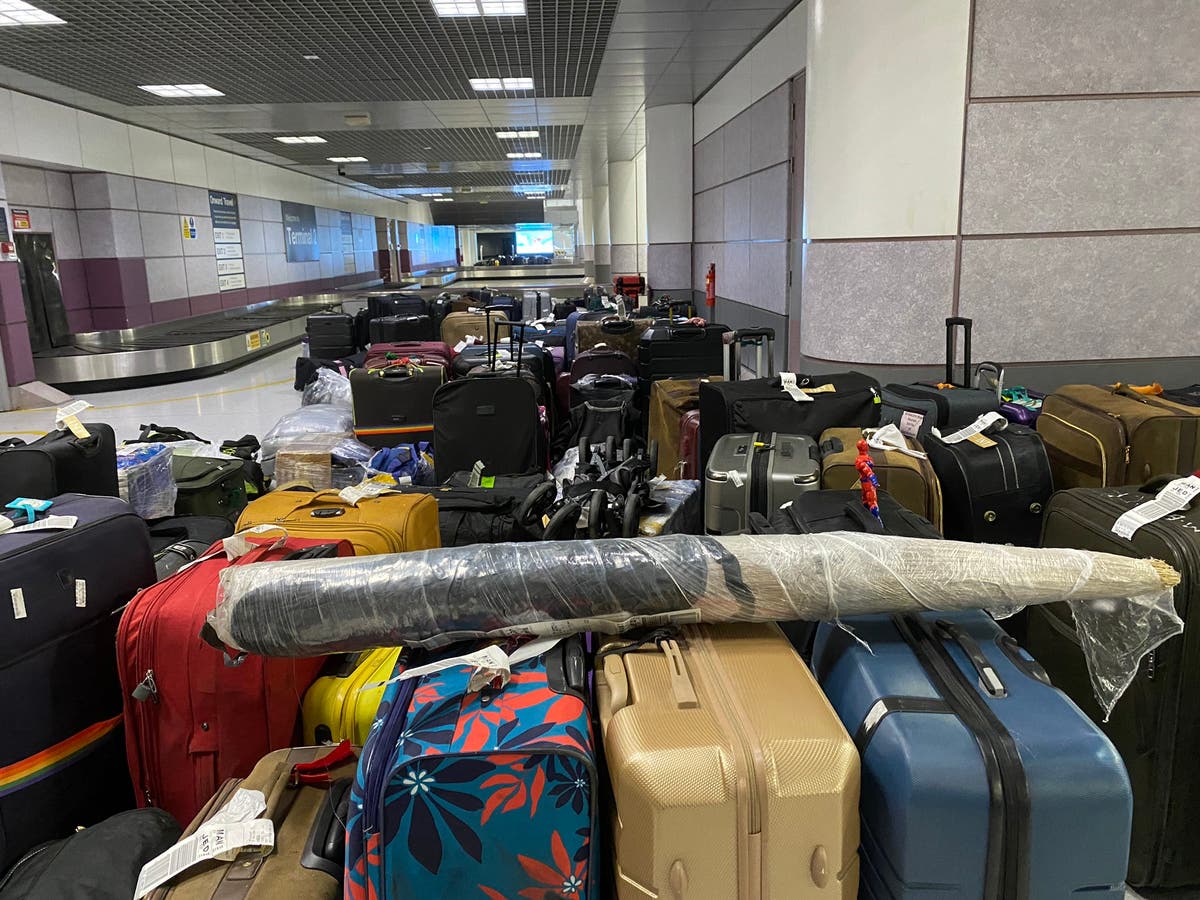How to Prepare Your Yard for the First Frost
The first frost is right around the corner. Is your garden ready?

We may earn a commission from links on this page.

Credit: Chromakey/Shutterstock
Tomorrow is the first predicted frost of the season here in the Pacific Northwest, and while I’m never ready to say goodbye to summer, I am looking forward to a long gardening break. I’ve been preparing for this event over the last week; here is everything I recommend you do before the first frost settles over your yard.
Find out when that frost is happening
There are three sources of information on the first frost that I look to. First, it’s always wise to have a sense of the “first frost date” in your area. This is an average, and can be found by searching the internet, or going to the farmers almanac.
As helpful as it is, the almanac is a guess based on previous frost dates—so the real solution is to sign up for weather alerts. Almost any weather app on your phone will give you frost warnings as part of their regular notifications.
The problem is that you’ll likely only get notified of a freeze the day or two before it happens, which isn’t a lot of time to prepare. That’s why I belong to local gardening groups, because inevitably, an upcoming freeze is talk of the town. You can find local gardening groups on Facebook, Reddit and even NextDoor.
Prepare your water systems
The thing about a frost is that things tend to freeze—namely, water. The water in your hoses, the water in your spigots, and the water in your irrigation and sprinkler system. The cost of fixing and replacement will exceed any other problems caused by frost, so tackling the water should be priority number one. First, give your yard a good watering (more on that in a bit). Then you should bleed your irrigation and sprinkler system. This process uses a compressor to blow out all the water left in the system so your pipes don’t crack when the water in them expands as it freezes. Next, disconnect your hoses and ensure they’re well drained, which means uncoiling them. Finally, cover your outdoor faucets/spigots with insulated covers.
Protect your garden gear
Most of the hardware in your garden, from wood trellises to metal arches, are frost proof. Anything glass should come in—if you’ve got garden orbs or glass bird feeders, for instance, they shouldn’t ride out the frost outside. All your electric and gas tools should be moved inside for winter rather than be exposed to the cold. Any ollas (under-fired earthenware watering containers people place in their gardens) should be removed and stored. Any pots that haven’t been weatherproofed should also go into the garage or greenhouse for winter.
Think about wildlife
If you’ve got a bee house outside, it’s likely time to move the house, or at least the cocoons, inside for winter. The cocoons will be happy in your fridge or your cool garage, but frost is a bit much for them. Also consider your bird feeders: You can use incandescent Christmas lights or hand warmers to keep your the hummingbird food from freezing. Wrap the feeder in the lights, which put off a little bit of heat, or strap a hand warmer to the bottom of the feeder and swap it out every few hours. Many people provide spaces for local cats to cozy down by creating outdoor shelters for them.
As much as I’m looking to protect wildlife, I am also cognizant that the cold will send rodents into the spaces I don’t want them. I take time to make sure holes are plugged up with steel wool and rat traps are baited.
Prepare your plants
Let’s get down to business: protecting your plants. Frosts vary in severity: "Frost" simply means the temperature is dipping below 32F for a short period and ice is expected to form on outdoor surfaces. A freeze is an extended frost reinforced by cold air, in which the ice permeates entire structures. Many plants can weather a frost, but not a freeze. Still, if you’ve got plants that you move inside for winter, your first frost warning is when you should move them. If you’ve got tender vegetables outside like tomatoes and peppers, the time has come to grab a last harvest and bring them inside. Most of them won’t survive a frost, so I hope you like green tomatoes.
In the case of a freeze, you’re often urged to protect fruit trees with sheets and insulation, but a frost is different. It will likely take out your annual flowers, but that’s meant to happen. Plants that can’t survive a frost aren’t likely to survive winter, and shouldn’t be babied through it. As the weather continues to shift, the goal should be to encourage resilience in your plants.
That said, preparing your plants for winter should always involve mulching them well. If you haven’t gotten to it yet, focus on the most susceptible plants, like dahlias and perennial mums, artichokes, and young trees.
Finally, you want to make sure you water before the frost. I know this seems counterintuitive, but doing so the night before will insulate the plant's roots.

 Kass
Kass 
































